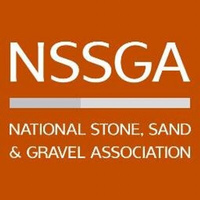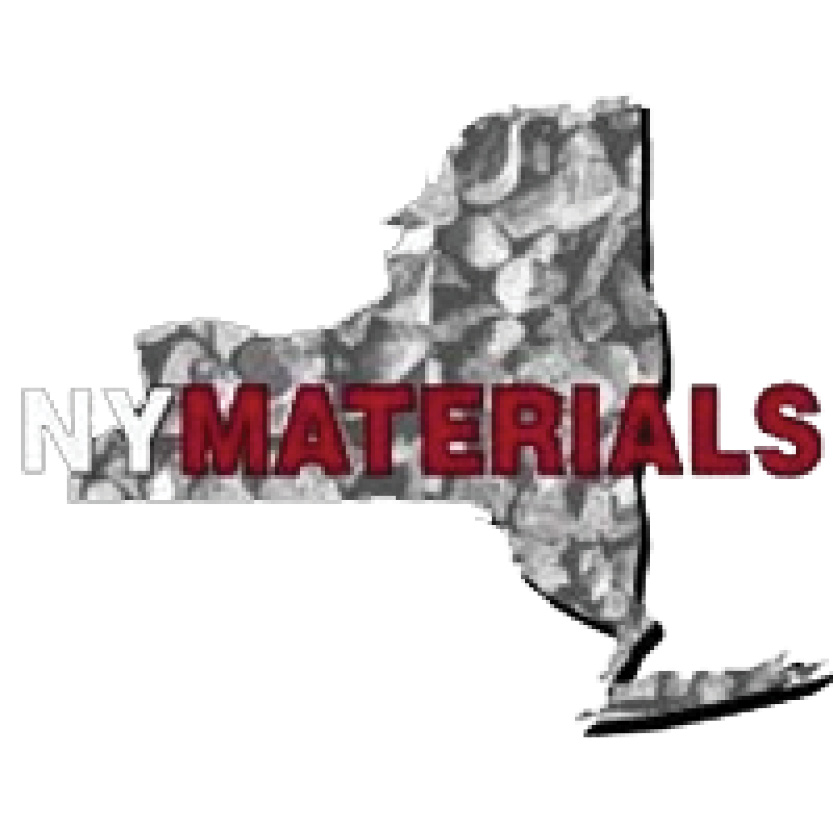The Power of Handheld Scanning
H2H Associates, LLC is a small, innovative consulting firm based in Troy, New York that has more than 11 years’ of experience utilizing laser scanning technology. They are a full-service environmental, geologic, construction, and mapping firm providing a wide range of services to clients in the public and private sectors. Their team of highly qualified professionals, each with their own unique expertise and experience has served some of the largest companies in the industry across the United States, and internationally.
Mark Farber has been the Manager of the 3D Scanning and Mapping department at H2H for the past six years working with static and mobile laser scanning, aerial photogrammetry, and high resolution bathymetric projects for the past eight years. Currently the majority of the projects involve working with mining, engineering and forestry clients.
Mark is also the co-owner and Operations Manager of Innovative Mapping Technologies (IMT), company, that among other interests, provides the survey hardware that H2H and others utilize in the field. IMT offers vehicle-based mobile LiDAR, vessel-based combined multibeam and LiDAR, UAS – based aerial photogrammetry, hand – held indoor/underground mapping, and static LiDAR. Data processing capabilities include point cloud analysis, digital surface generation, model creation, volumetric calculation, structural analysis, condition assessment, asset inventory, GIS integration, and CAD drafting.
Technology
H2H utilizes a wide variety of sensors and platforms to best meet the needs of their clients. This includes a bathymetric – lidar vessel that combines side scan sonar with a mobile laser scanner for canal and bridge projects. They are also beginning to make use of UAVs now that the U.S. FAA has issued the long awaited rules for their use.
Mark began working with Bill Gutelius at Qntfii about a year ago to investigate the use of handheld mobile scanning. Qntfi is an official distributor for GeoSLAM handheld scanner products and software in the Eastern United States. The sales team has more than 20 years of experience in the fields of LIDAR, remote sensing, engineering project management and business entrepreneurship.
Bill convinced Mark to give the ZEB1 a try on some aggregate stock pile projects. These were quite successful, particularly for projects where the material was in a covered shed with low light conditions. Next H2H used the ZEB1 to map an extremely large underground quarry in Vermont. This also proved to be a good fit for the first generation technology.
During the evaluation period GeoSLAM introduced the ZEB-REVO which featured an internal motor that rotated the laser head, thereby eliminating the need to manually “nod” the sensor. This resulted in a much more uniform distribution of points, along with improved ease of use which opened up the device to more challenging applications. The REVO also has a scanner sweep rate that is 2.5 times the ZEB1.
On the software side the REVO design has also led to more effective use of the SLAM algorithms that are used to keep track of the scanner’s location in 3D space. This, in part is the result of better resolution of smaller objects in the scene which can be used as landmarks.
H2H was convinced of the utility and IMT made the decision to purchase a REVO. Mark commented, “It’s all about determining what is important to a client. It’s balancing the required level of accuracy with the speed of data collection. For many of our projects the client wants us to be on site for the shortest period of time. This reduces risk and keeps the costs down.”
“For both our mine and cave mapping projects safety is critical. Using the REVO allows us to maintain awareness of our surroundings which reduces the risk of an accident. It’s all about selecting the right tool to best meet the needs of the client. Even when the desired accuracy requires a tripod scanner we will use the REVO to make a preliminary recon of the facility so that we can better plan the project,” Mark noted.
Project Experience
This project is an underground wollastonite operation in the Northeast that has been shut down since 1983. Existing mapping of the site was incomplete, dating to 1973, and consisted of hand sketches with spot elevations. Now under new management, a renewed interest in developing the resource came about. It became necessary to accurately and completely map the extents of the mine quickly and safely. H2H was tasked with completing the mapping.
Over two days, survey control was brought from the surface to the different underground areas of the mine to definitively reference the mapping to a uniform coordinate system. The ZEB-REVO was then used over 2 days to scan the safely accessible areas of the mine. The scans were registered using the survey control as a guideline to develop a full site 3D model that fit precisely with aerial mapping collected by H2H earlier in the year. The resulting comprehensive model was incorporated with geophysical drilling data within mine planning software (Surpac) to determine the amount and location of reserves and the ideal method for future extraction of the material. The underground workings were 3500 ft., long totaling 32 acres.
The Natural Trap Cave is a national treasure containing over 30,000 fossil specimens of mostly extinct animals from as long as 25,000 years ago. H2H was tasked to scan the entrance and inner workings of the cave system to document the extents of the cave. The cave is characterized by a large 80-foot-tall “great room” into which the majority of the animals that found their demise fell. It also has several offshoots that lead into a cave network that are yet unmapped with LiDAR. The cave had 3000 feet of passageways that were scanned.
Mark noted, “The ZEB-REVO was the perfect choice for the job because a scan of the great room could be gathered as the surveyor was dropped into the cave with repelling equipment. The tight spaces within the cave network were easily mapped with the REVO where other bulkier scanners would have simply not gained access. The resulting scans were registered with existing control on the surface and in the cave. The complete model was used to document the progress of the archaeological dig, document the cave, and analyze for potential passageways to the surface or other cave systems.
The Future
When asked to look into his crystal ball Mark predicted that he thinks the 3D data being collected will be integrated with information from other sources, perhaps involving the “internet of things” to be used as a predictive tool. On a final note, he commented, “It would be nice to have the data being collected displayed and verified in real time.”
Article originally posted in LiDAR News on July 12, 2016.
http://lidarnews.com/articles/the-power-of-handheld-scanning/







